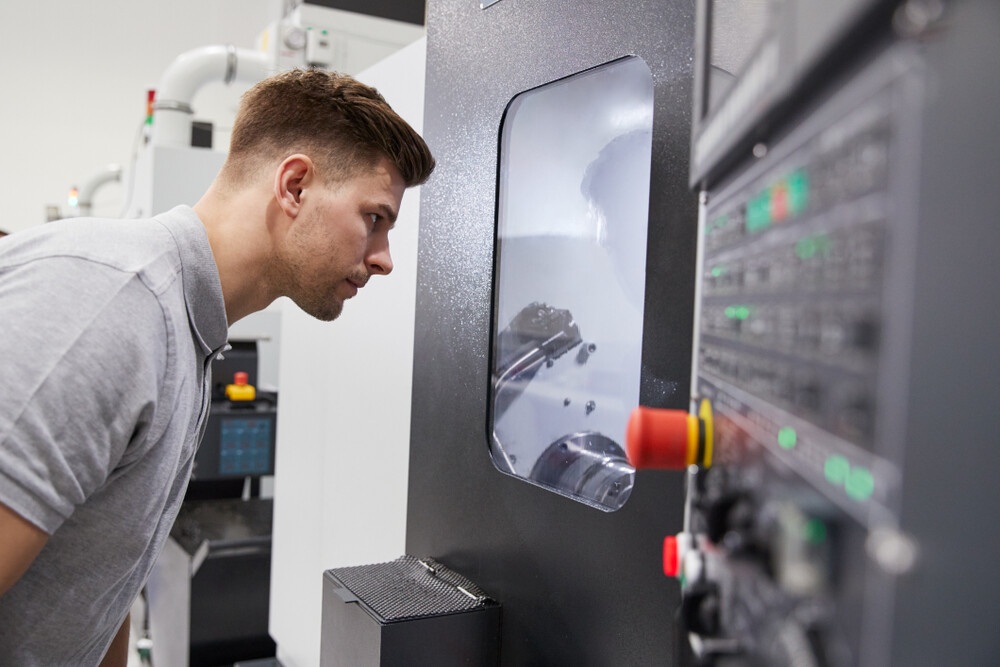With a recent study showing that kids are more tech savvy at 12 than their parents, it therefore makes sense that a younger workforce will be more accustomed to the implementation of the best technology available.
When we look at developments such as AI, 40% of Gen Z use AI in their working lives compared to only 28% of Baby Boomers, and this is just one example.
Here we discuss how to benefit from having younger staff due to their inherent knowledge of technology and how this can benefit the business they work for.
Consider it at the Recruitment Stage
When recruiting younger talent, you should be prepared to bring in staff who may will have less experience than other candidates, but that could prove to be more beneficial to business performance in the longer term.
Someone who is more willing to learn and adapt will be very promising for the future, especially when it comes to making the most of available technology.
At the time of recruitment, this is something for an employer to bear in mind. Applicants may have years of experience in areas of the welding industry and may be suitable for the job in its current form.
Younger applicants may not have a similar level of experience, but could be more able to adapt to the changing technologies in the industries.
This will help the future of the business, build a workforce willing to develop and learn, and help with overall company development and performance in the years ahead as they grow within the organisation.
They can influence older employees
Having more younger talent as part of your workforce can influence the other employees in the organisation. Education is one way that businesses can make the most of technology, and this is the case across many business sectors.
Whether you operate in customer services, offer technical services such as hardfacing applications, or even work in the financial sector, utilising the available technology is one of the keys to business success.
The implementation and understanding of something called “reverse mentorship” is a way that younger members of staff can help the business make the most of technology, and also to assist with bridging the skills gap.
By using this approach, recruiting of younger talent can help the existing workforce get to grips with technological advances.
New processes in welding applications could be technologically-related in terms of preventive maintenance and monitoring, and junior staff teaching specific skills or sharing information upwards will be a way the whole organisation could benefit.
Emphasise the Important of Digital Skills
A business needs to recognise the importance of digitalisation in the current environment if it is to stand the best chance of making technology work for them. In 2021, it was estimated that nearly 12 million workers lack essential digital skills.
That is a problem in terms of businesses not having the talent they need, but also indicates that as technology advances, workforces are not developing and adapting to change quickly enough.
Former education minister Michelle Donelan said “employers both large and small are crying out for more people to be trained in digital skills”, and pointed to the idea of apprenticeships to help narrow this skills gap.
By utilising apprenticeships, businesses in any industry can develop employees to suit their current and future needs – and this can apply to those looking to upskill, not just young people, further narrowing the skills gap.
The Skills Gap Could be Getting Smaller
Though a younger generation may generally be more receptive to technological change, we are seeing evidence of increasing technological skills in the older workforce and generation.
Longer life expectancy means that multigenerational workforces are very much here to stay, with people extending their careers longer than before.
Businesses are moving beyond the stereotypes of older people and technology, and building inclusive, training focussed workplaces to help develop skills – benefitting the employee and the organisation.
The multigenerational workforce can help the organisation build the best workforce possible.
We spoke about reverse mentoring, but of course the older generation will have skills to pass onto younger workers too. By combining the two, businesses can get the most out of technology, and gain vital learnings from those who have spent many years in and around the industry.
Ultimately, a business can benefit from encompassing all aspects of the workforce, and utilising the younger generation where it is applicable to help them advance.
Investing in tech training improves employability of every employee throughout their career. In turn, this boosts business performance, efficiency, and gives the increasing ability to adapt to technological change.
Sources
https://www.thesun.co.uk/tech/21298190/kids-becoming-tech-parents-12-years-old-phones/
How can we best engage older workers in reskilling efforts? | World Economic Forum (weforum.org)
'Reverse mentorship': How young workers are teaching bosses - BBC Worklife
HR Magazine - Why hiring young talent creates opportunities for innovation
UK tech talent shortage threatens to stifle growth in the industry - BBC News


No comments yet